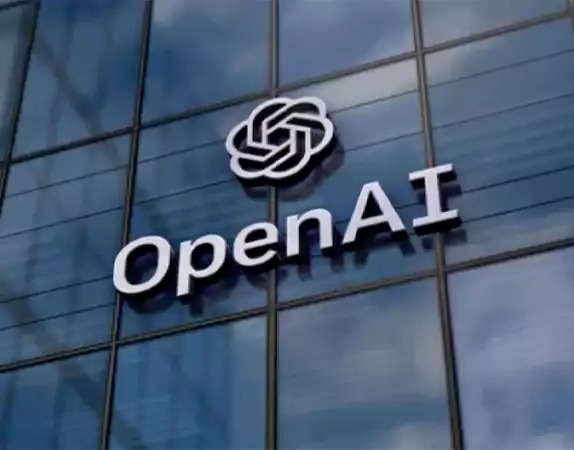
Microsoft Corporation and OpenAI have formalised a new partnership structure that gives Microsoft around 27% ownership in the reconstituted OpenAI in a significant repositioning of their coalition. The agreement indicates a change in the plans of both companies as they negotiate the quickly changing field of artificial intelligence.
OpenAI will buy up to US$250 billion of Microsoft’s Azure cloud services under the modified agreement, a pledge meant to strengthen their business relationship. Simultaneously, Microsoft’s long-standing exclusive first-refusal compute provider for OpenAI has been lifted, allowing OpenAI to work with other cloud providers. Microsoft has extended its intellectual property rights to OpenAI’s models and products through 2032, another major aspect of the agreement. Microsoft’s long-term access to OpenAI’s breakthroughs is supported by that extension. From OpenAI’s point of view, the reorganisation allows it more freedom.

As the company moves toward a ‘public-benefit corporation’ model, the new cooperation gives OpenAI more room to cooperate with external companies and release its services on platforms other than those of Microsoft’s Azure. The revised agreement offers Microsoft both flexibility and continuity. It lets Microsoft go after generation-next AI advancements and partnerships outside OpenAI, should it so choose, while it confirms its ownership in OpenAI and guarantees a big cloud-services agreement. Regulatory approval for the merger has already been obtained, therefore clearing the road ahead for both businesses.
Originally planted by Microsoft’s US$1 billion investment in OpenAI in 2019 and following multi-billion-dollar contributions, the alliance has developed into a more sophisticated strategic and commercial partnership.Through redefinition of their terms, both companies hope to prepare themselves for the next wave of artificial intelligence.
OpenAI is concentrating on broad-based ecosystem development, while Microsoft is keeping a major strategic foothold. The arrangement seems created to capture the changing dynamics of artificial intelligence competition, regulation, and corporate models.
